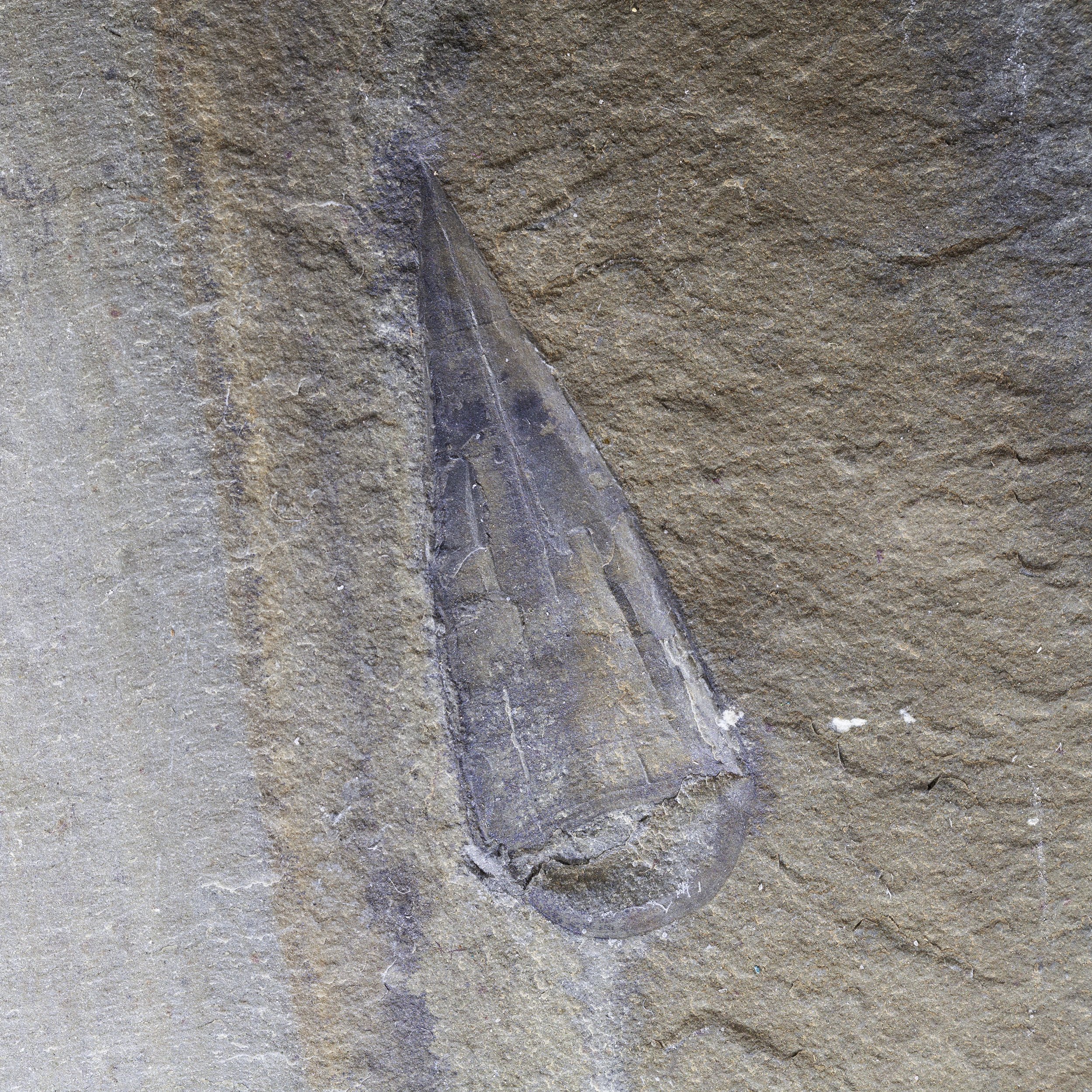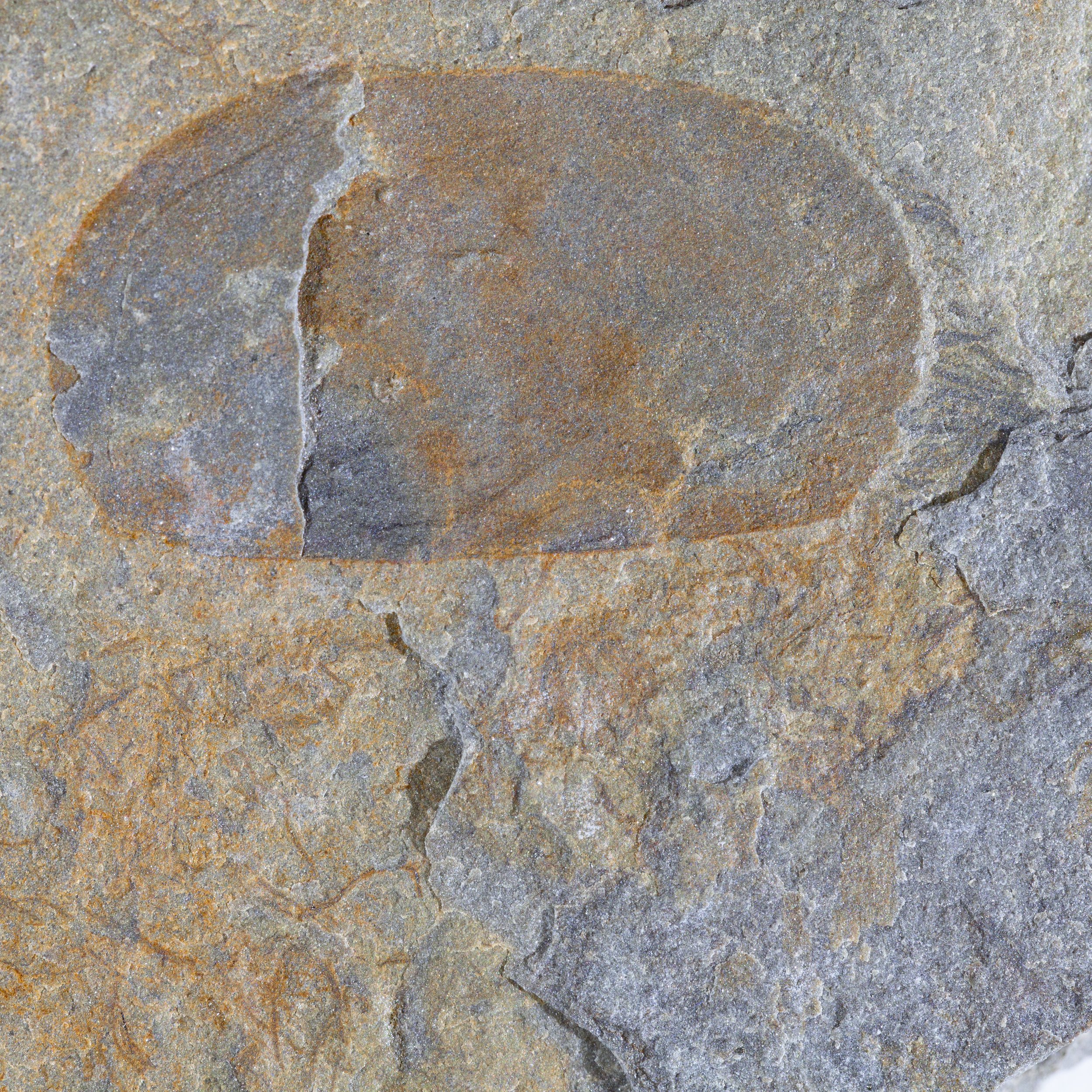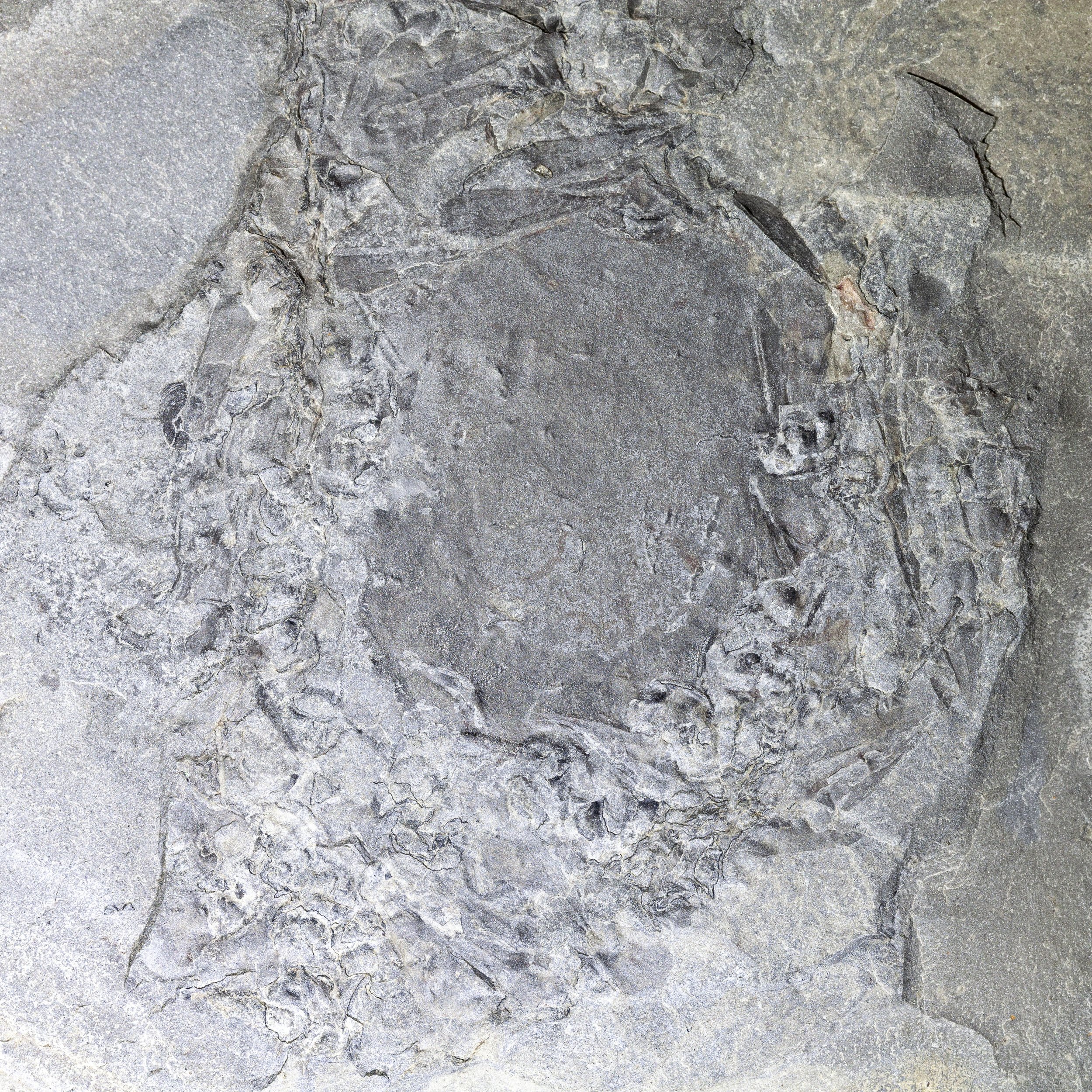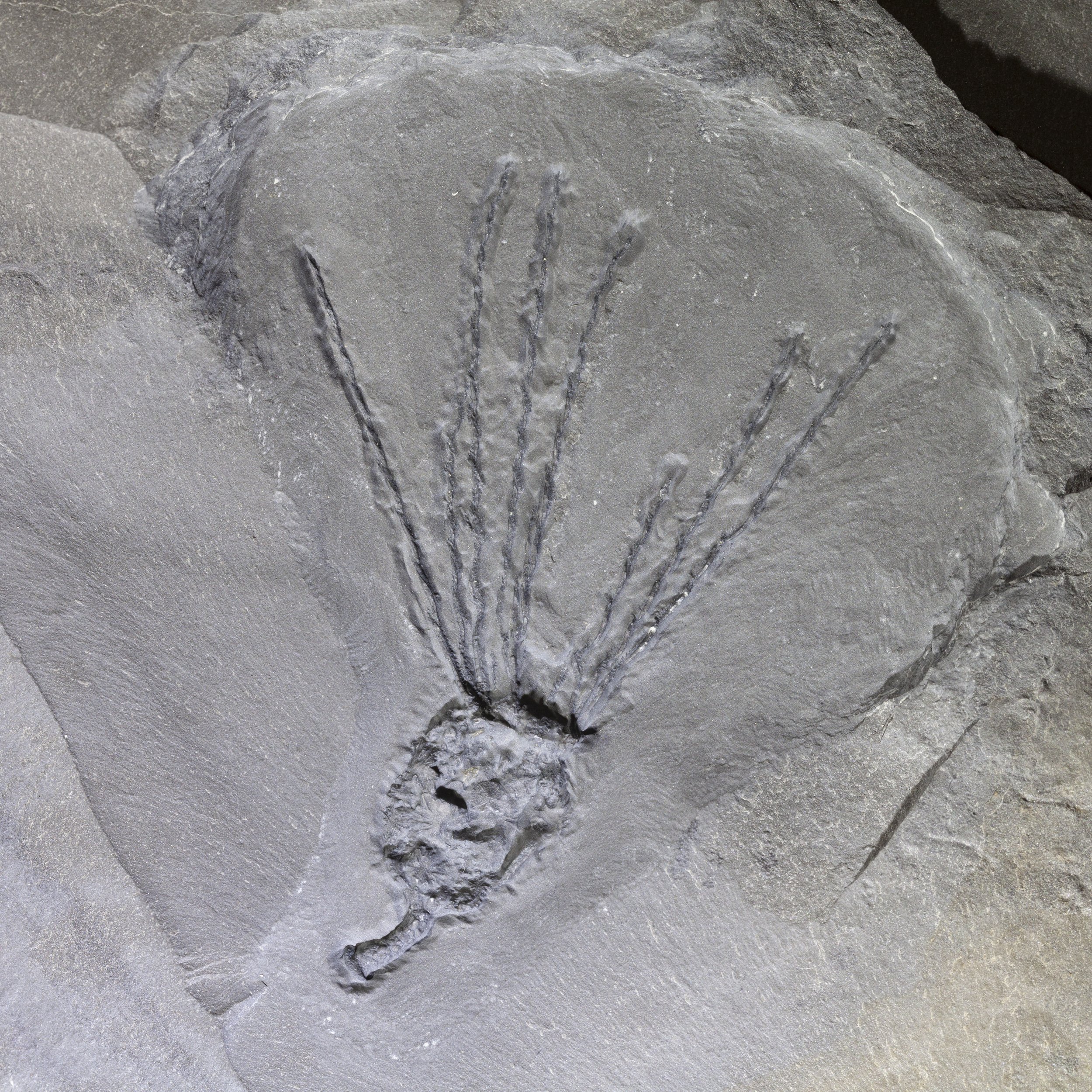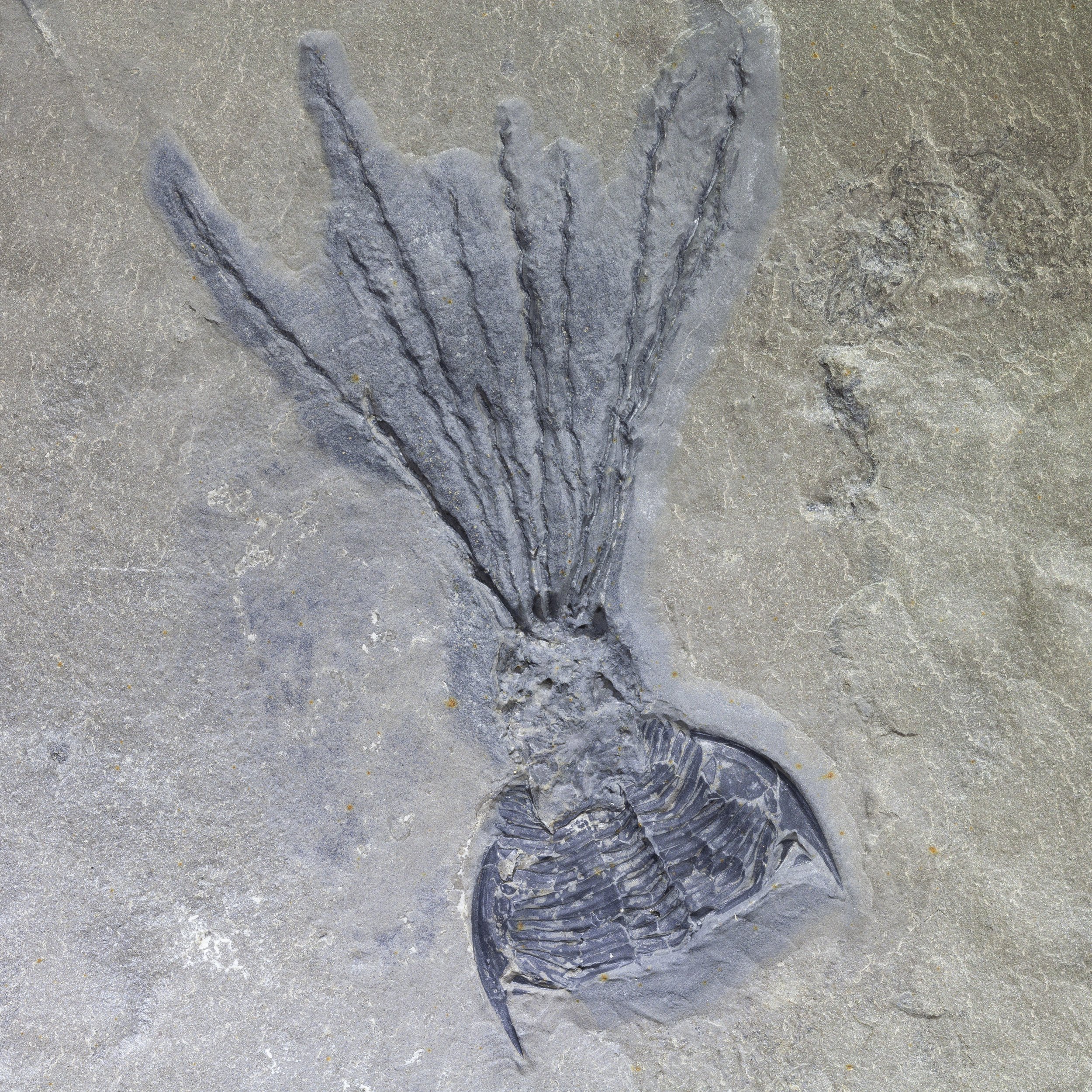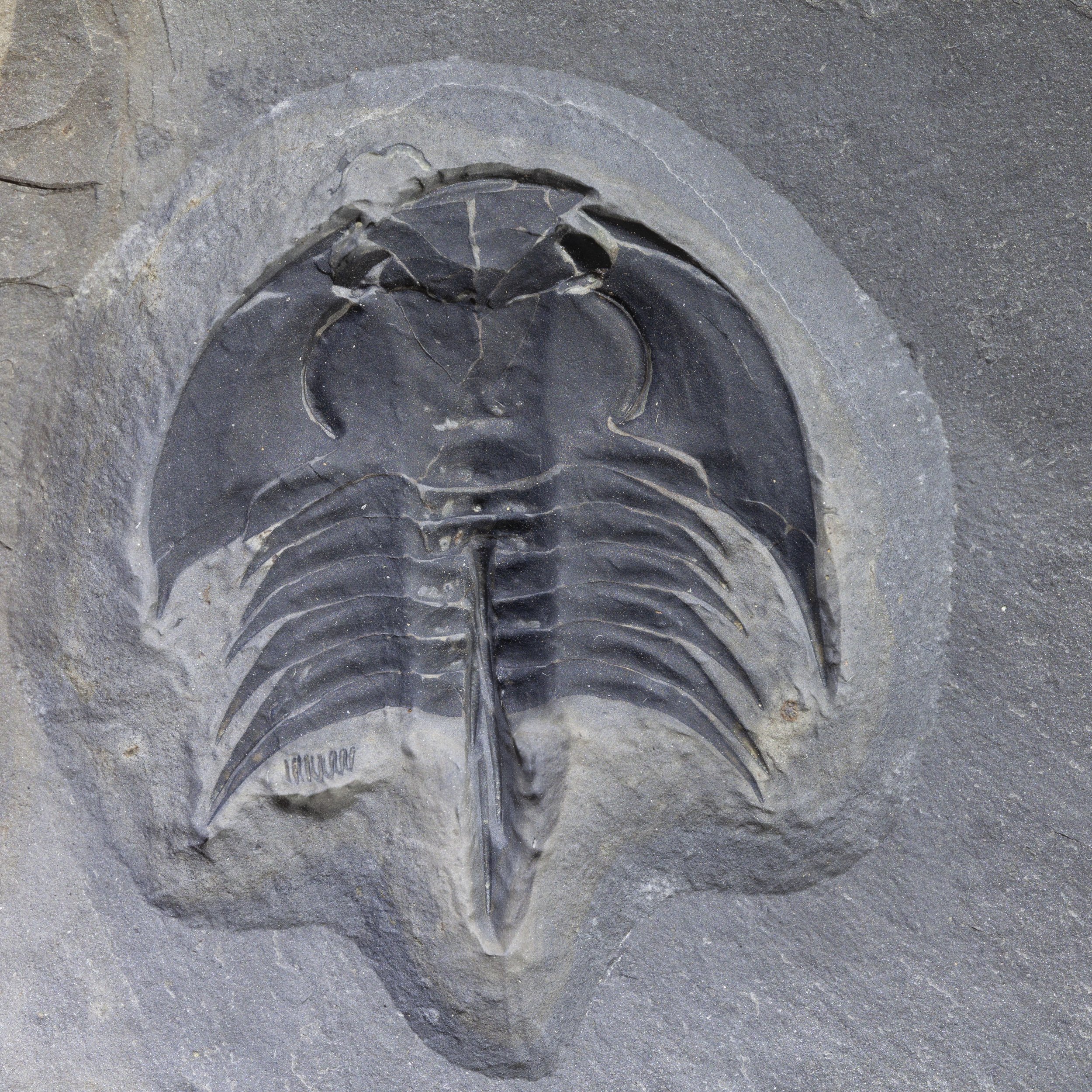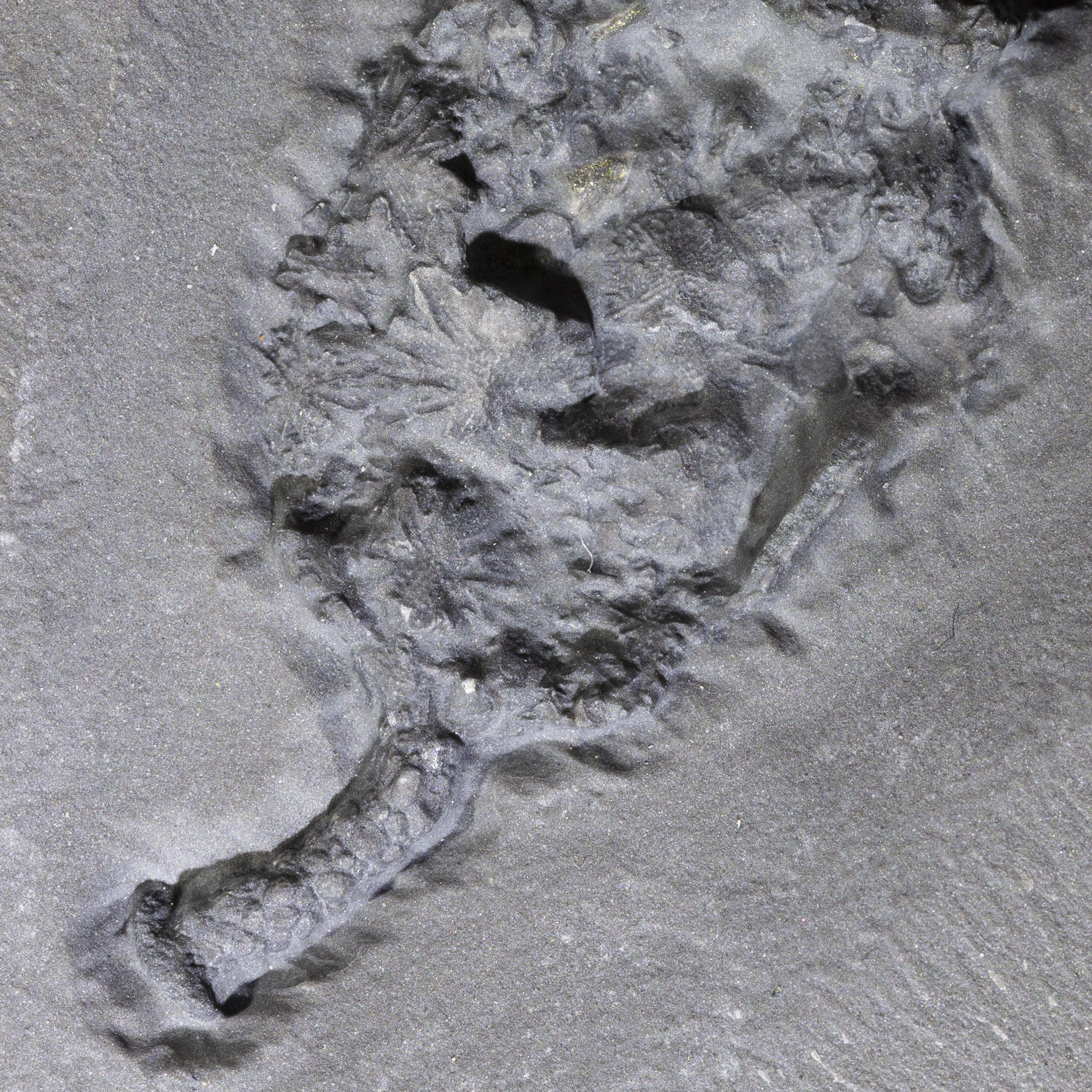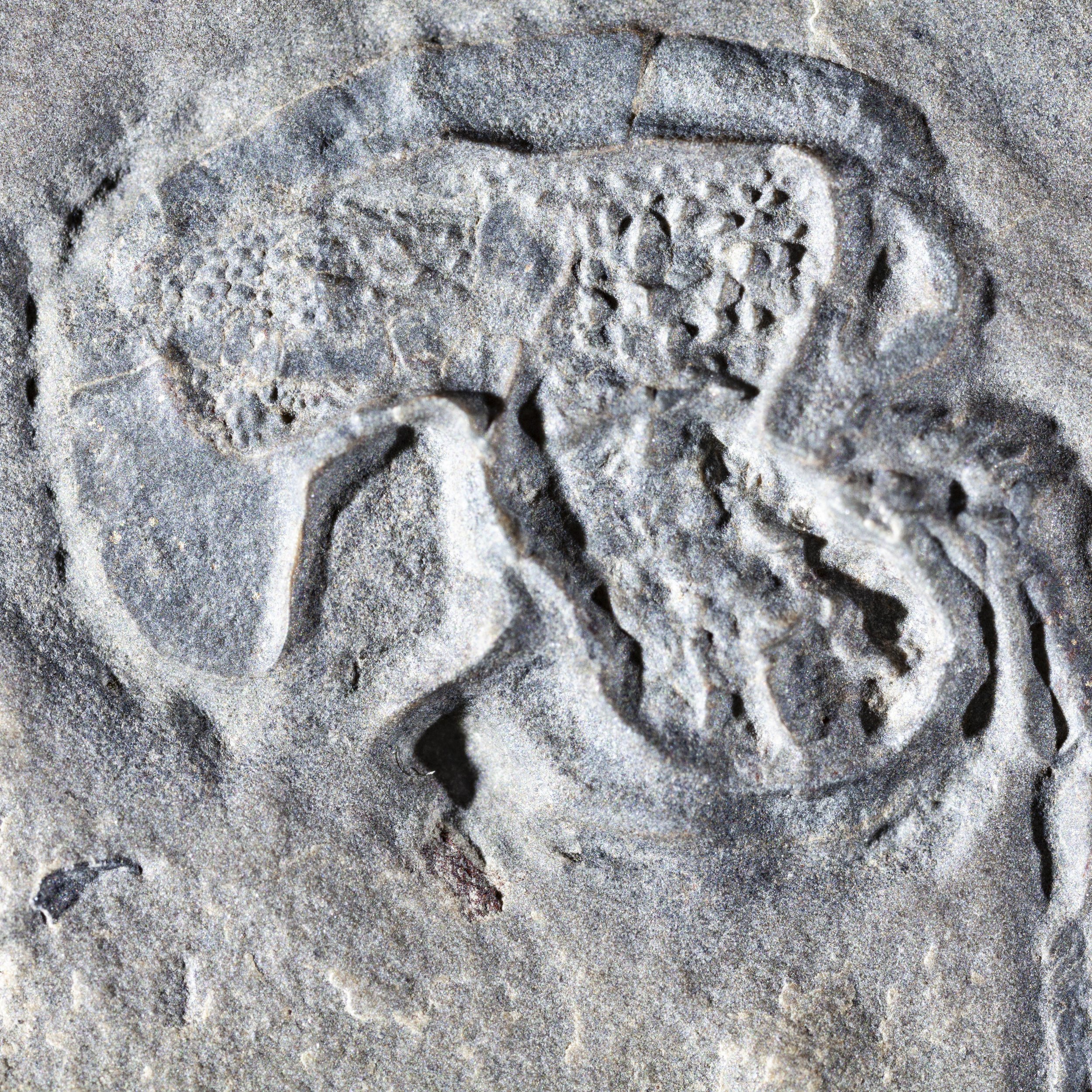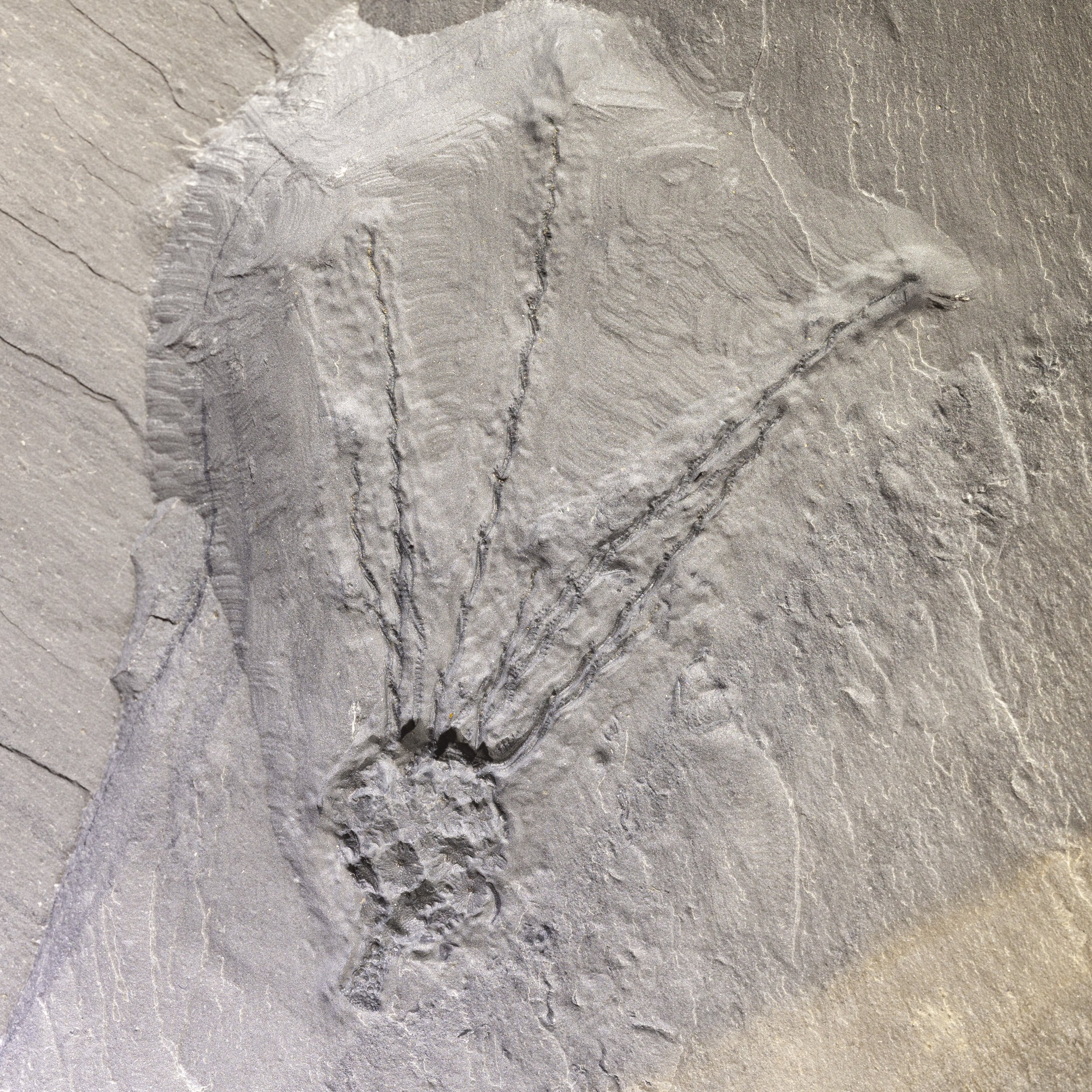 Image 1 of 5
Image 1 of 5

 Image 2 of 5
Image 2 of 5

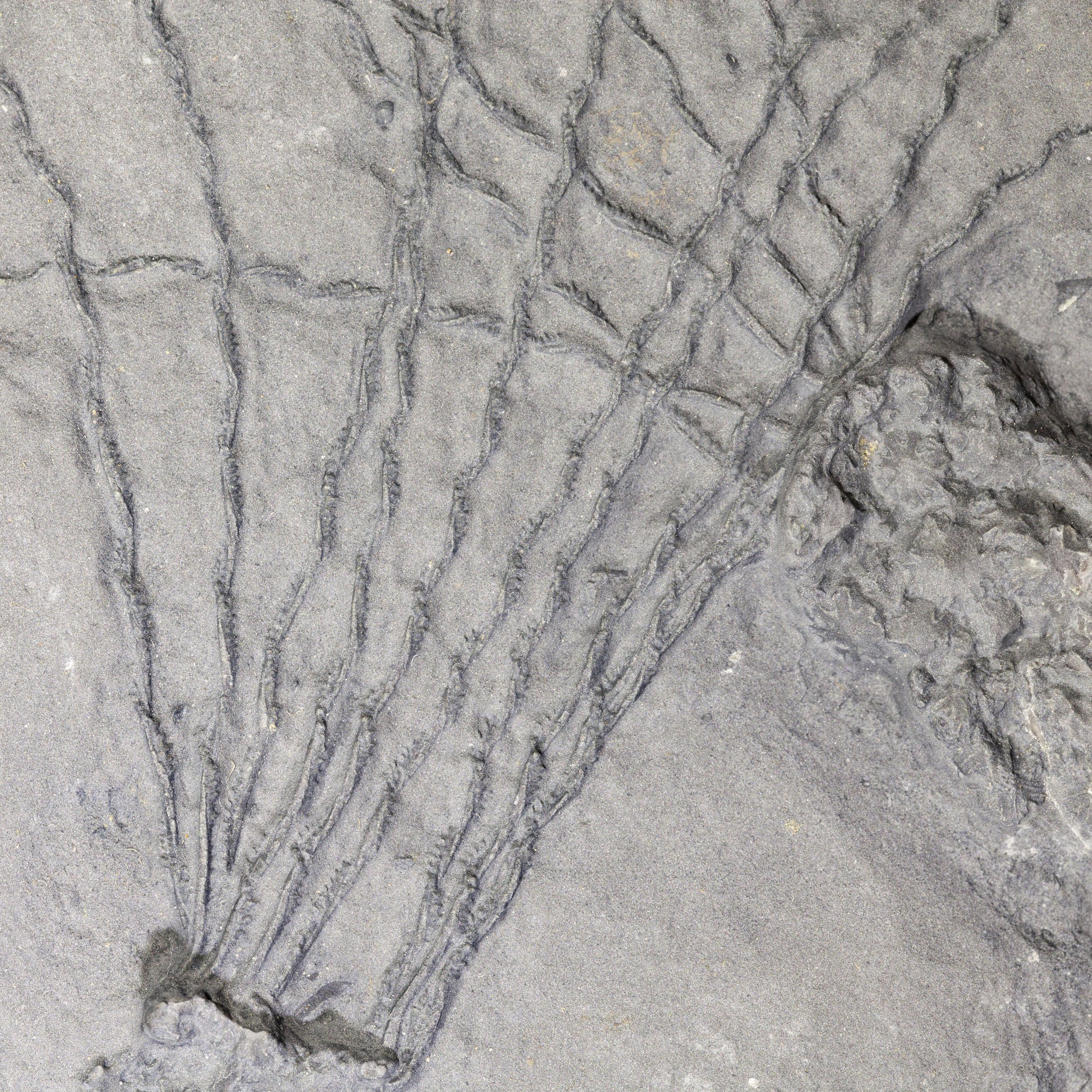 Image 3 of 5
Image 3 of 5

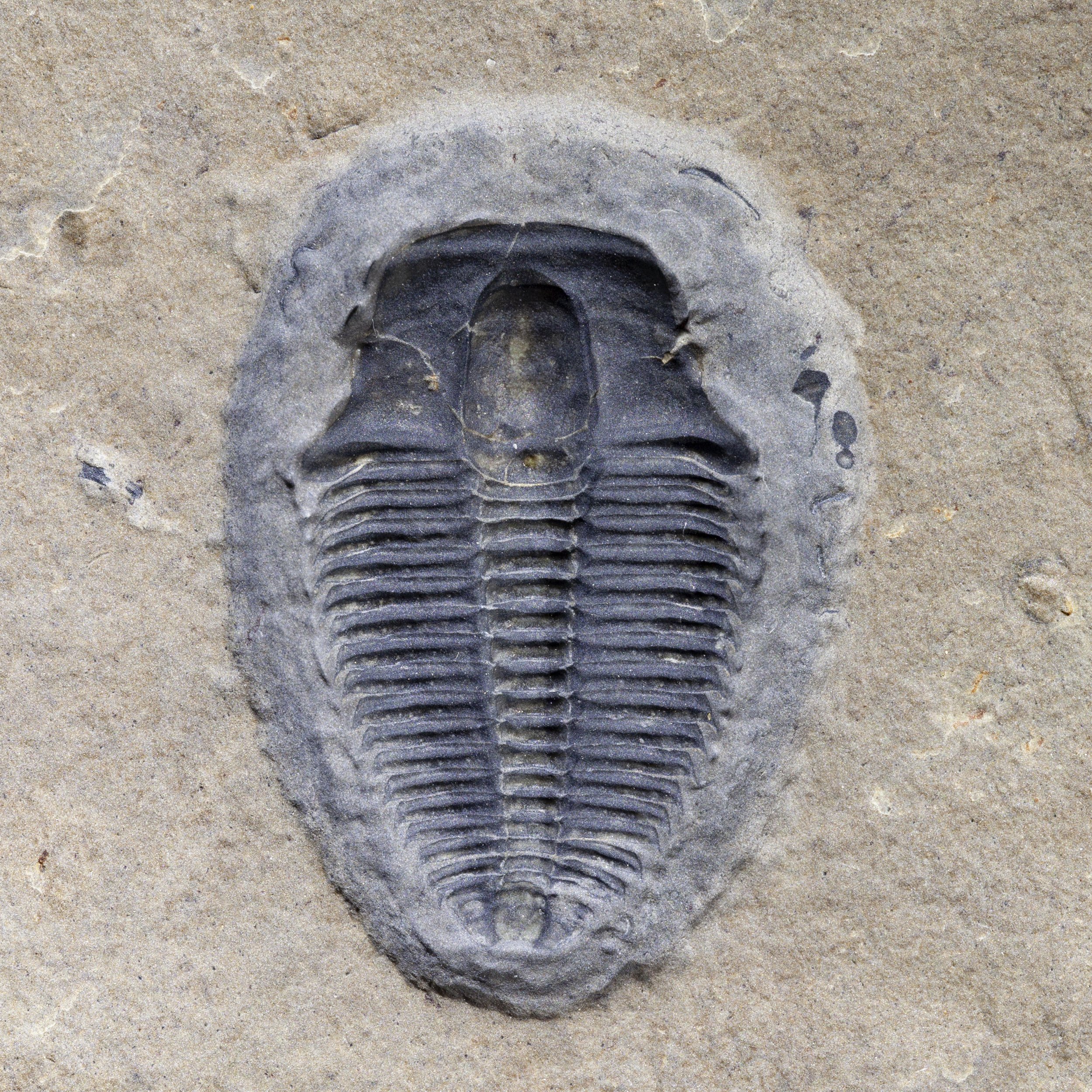 Image 4 of 5
Image 4 of 5

 Image 5 of 5
Image 5 of 5






Gogia granulosa / Spencia sp.
Vendor: FS-JS
SKU Number: SQ0174271
Gogia granulosa / Spencia sp. from the Middle Cambrian, Spence Shale, Wellsvilles Mtns, Box Elder Co., Utah.
This is a beautiful association of 3 Gogia eocrinoids with the contemporary trilobite Spencia sp..
Full dimensions are listed below.
Vendor: FS-JS
SKU Number: SQ0174271
Gogia granulosa / Spencia sp. from the Middle Cambrian, Spence Shale, Wellsvilles Mtns, Box Elder Co., Utah.
This is a beautiful association of 3 Gogia eocrinoids with the contemporary trilobite Spencia sp..
Full dimensions are listed below.
Vendor: FS-JS
SKU Number: SQ0174271
Gogia granulosa / Spencia sp. from the Middle Cambrian, Spence Shale, Wellsvilles Mtns, Box Elder Co., Utah.
This is a beautiful association of 3 Gogia eocrinoids with the contemporary trilobite Spencia sp..
Full dimensions are listed below.
Additional Information
Gogia granulosa, was a primitive eocrinoid blastozoan that lived during the Early to Middle Cambrian period, primarily found in North America, including notable fossil sites like the Spence Shale of Utah. This extinct echinoderm possessed a distinctive vase-shaped or bowling pin-like theca (body) composed of numerous small, granular plates, giving the species its name "granulosa." Unlike true crinoids, Gogia was more closely related to blastoids and featured five ambulacra that were split into paired, coiled or straight, ribbon-like strands used for filter-feeding while attached to the substrate by a short stalk. Though relatively rare in some formations like the Burgess Shale, Gogia granulosa provides valuable insights into the early evolution and diversity of echinoderms during a crucial period in the history of life.
References:
Reference to Wikipedia: Ptychopariida



